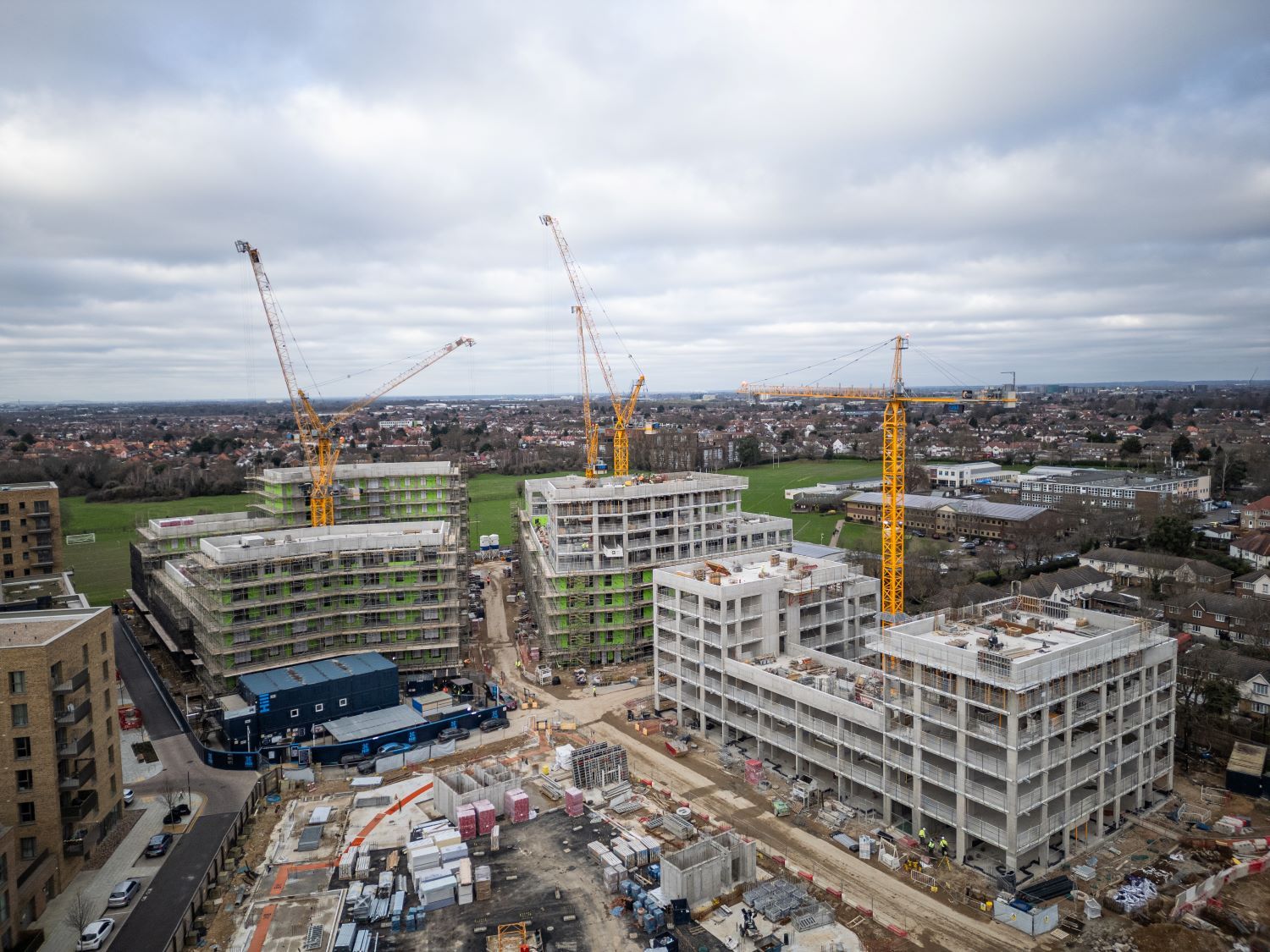Product selector
We offer suitable sensors for every possible situation. With the product selector it will be easy to select the product that best fits your requirements. When you have made your selection, you can find the product documentation and send us your request for quotation. If you can’t find a sensor that fits your needs, please don’t hesitate to contact us with your requirements.
Products

QG30-KI-010E-AI-K
30x30x15 mm
0,3° typ. (offset excluded)
No
2m PVC cable (std), PUR cable, other cable lenghts, M8
Plastic (std)
CE (std), UL, cTUVus
- Measuring: 30x30x15 mm
- Accuracy: 0,3° typ. (offset excluded)
- Centering: No
- Connection: 2m PVC cable (std), PUR cable, other cable lenghts, M8
- Housing: Plastic (std)
- Certification: CE (std), UL, cTUVus

QG30-KI-010E-AV-K
30x30x15 mm
0,3° typ. (offset excluded)
No
2m PVC cable (std), PUR cable, other cable lenghts, M8
Plastic (std)
CE (std), UL, cTUVus
- Measuring: 30x30x15 mm
- Accuracy: 0,3° typ. (offset excluded)
- Centering: No
- Connection: 2m PVC cable (std), PUR cable, other cable lenghts, M8
- Housing: Plastic (std)
- Certification: CE (std), UL, cTUVus

QG30-KI-010E-AV-K-5V
30x30x15 mm
0,3° typ. (offset excluded)
No
2m PVC cable (std), PUR cable, other cable lenghts, M8
Plastic (std)
CE (std), UL, cTUVus
- Measuring: 30x30x15 mm
- Accuracy: 0,3° typ. (offset excluded)
- Centering: No
- Connection: 2m PVC cable (std), PUR cable, other cable lenghts, M8
- Housing: Plastic (std)
- Certification: CE (std), UL, cTUVus

QG30-KI-030E-AI-K
30x30x15 mm
0,6° typ. (offset excluded)
No
2m PVC cable (std), PUR cable, other cable lenghts, M8
Plastic (std)
CE (std), UL, cTUVus
- Measuring: 30x30x15 mm
- Accuracy: 0,6° typ. (offset excluded)
- Centering: No
- Connection: 2m PVC cable (std), PUR cable, other cable lenghts, M8
- Housing: Plastic (std)
- Certification: CE (std), UL, cTUVus

QG30-KI-030E-AV-K
30x30x15 mm
0,6° typ. (offset excluded)
No
2m PVC cable (std), PUR cable, other cable lenghts, M8
Plastic (std)
CE (std), UL, cTUVus
- Measuring: 30x30x15 mm
- Accuracy: 0,6° typ. (offset excluded)
- Centering: No
- Connection: 2m PVC cable (std), PUR cable, other cable lenghts, M8
- Housing: Plastic (std)
- Certification: CE (std), UL, cTUVus

QG30-KI-030E-AV-K-5V
30x30x15 mm
0,6° typ. (offset excluded)
No
2m PVC cable (std), PUR cable, other cable lenghts, M8
Plastic (std)
CE (std), UL, cTUVus
- Measuring: 30x30x15 mm
- Accuracy: 0,6° typ. (offset excluded)
- Centering: No
- Connection: 2m PVC cable (std), PUR cable, other cable lenghts, M8
- Housing: Plastic (std)
- Certification: CE (std), UL, cTUVus

QG30-KI-090E-AI-K
30x30x15 mm
0,9° typ. (offset excluded) (-45°…+45°)
No
2m PVC cable (std), PUR cable, other cable lenghts, M8
Plastic (std)
CE (std), UL, cTUVus
- Measuring: 30x30x15 mm
- Accuracy: 0,9° typ. (offset excluded) (-45°…+45°)
- Centering: No
- Connection: 2m PVC cable (std), PUR cable, other cable lenghts, M8
- Housing: Plastic (std)
- Certification: CE (std), UL, cTUVus

QG30-KI-090E-AV-K
30x30x15 mm
0,9° typ. (offset excluded) (-45°…+45°)
No
2m PVC cable (std), PUR cable, other cable lenghts, M8
Plastic (std)
CE (std), UL, cTUVus
- Measuring: 30x30x15 mm
- Accuracy: 0,9° typ. (offset excluded) (-45°…+45°)
- Centering: No
- Connection: 2m PVC cable (std), PUR cable, other cable lenghts, M8
- Housing: Plastic (std)
- Certification: CE (std), UL, cTUVus

QG30-KI-090E-AV-K-5V
30x30x15 mm
0,9° typ. (offset excluded) (-45°…+45°)
No
2m PVC cable (std), PUR cable, other cable lenghts, M8
Plastic (std)
CE (std), UL, cTUVus
- Measuring: 30x30x15 mm
- Accuracy: 0,9° typ. (offset excluded) (-45°…+45°)
- Centering: No
- Connection: 2m PVC cable (std), PUR cable, other cable lenghts, M8
- Housing: Plastic (std)
- Certification: CE (std), UL, cTUVus
Insights

Blogs
Fortop UK and Falcon launch retrofit solution with DIS tilt switch for enhanced crane safety
The demand for smart and safe equipment continues to grow within the construction sector, especially in densely built urban areas where tower cranes and other machinery often operate in close proximity. How do you improve safety in these environments, and...
Read more
News
Update on Nexperia supply and inventory security
Since the news around Nexperia, we have secured enough stock parts to cover our demand for the next year. If this situation continues longer, there are enough 1:1 replacement parts available from alternative manufacturers. We see no risks for continued...
Read more
Blogs
From Sensor Specs to System Fit: Why Integration Is Everything
In our work we often hear the same initial question: ‘What are the specifications of this sensor?’ And that is a great place to start! But if your sensor solution ends with datasheet values, you might be overlooking the very...
Read moreContact
Is your product not listed or would you like more information? Our team is ready to assist you! To get in touch, please fill out the form below and we’ll get back to you as soon as possible.
